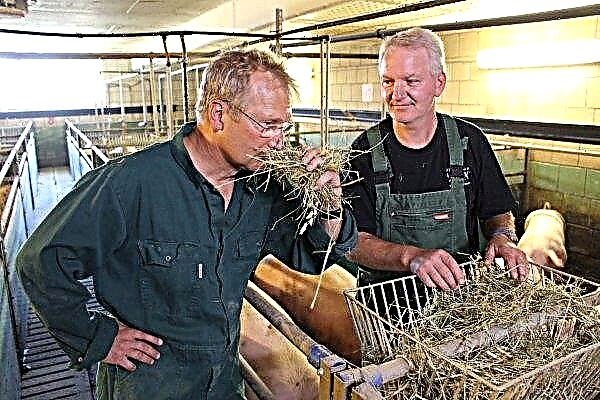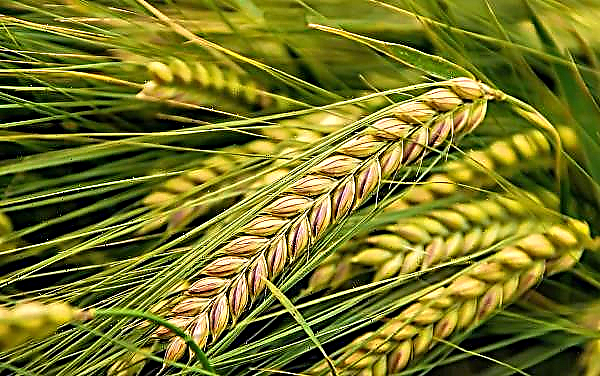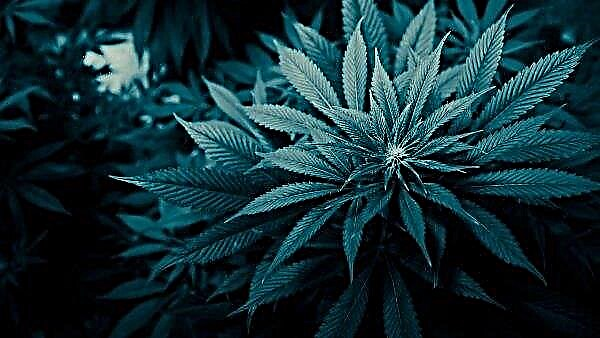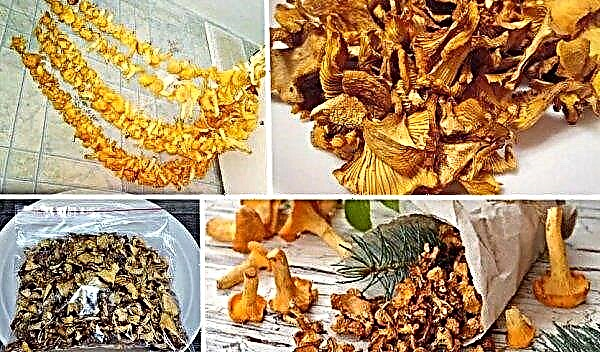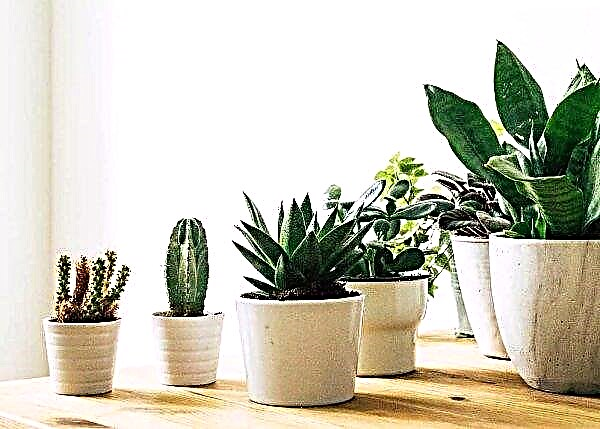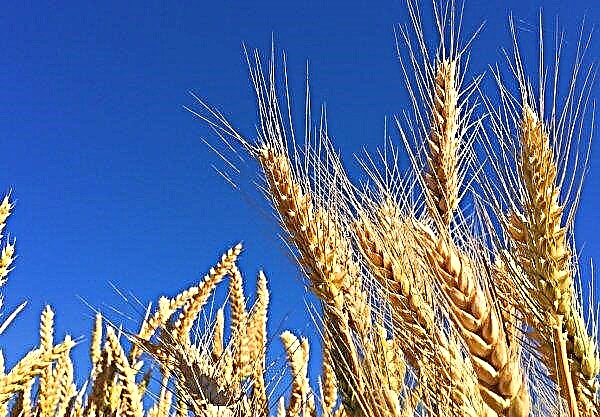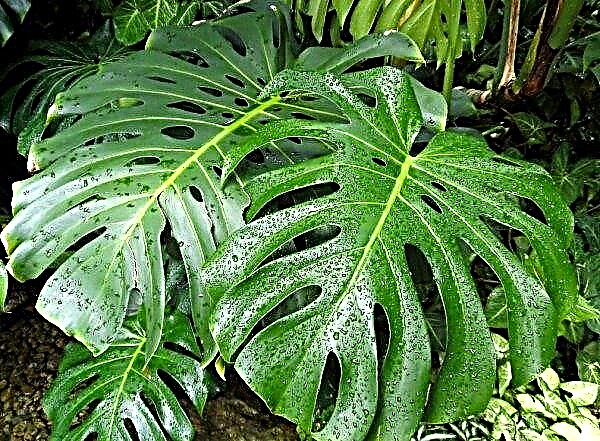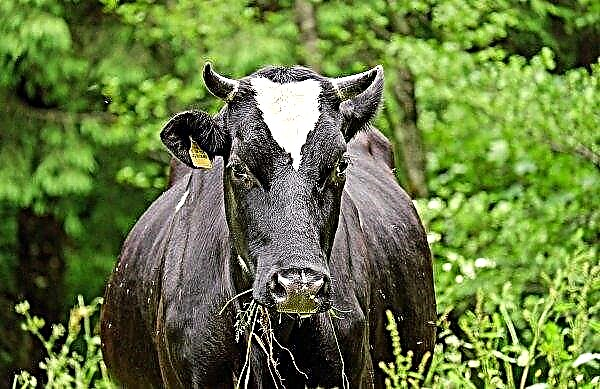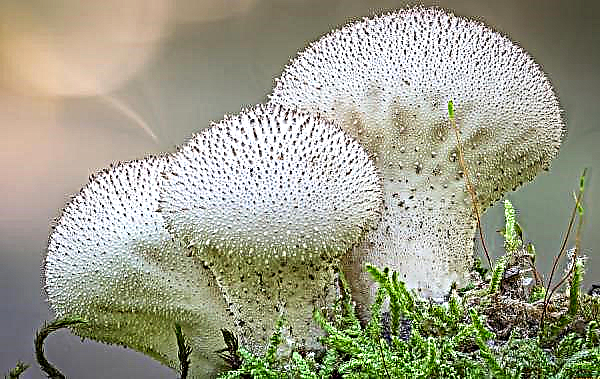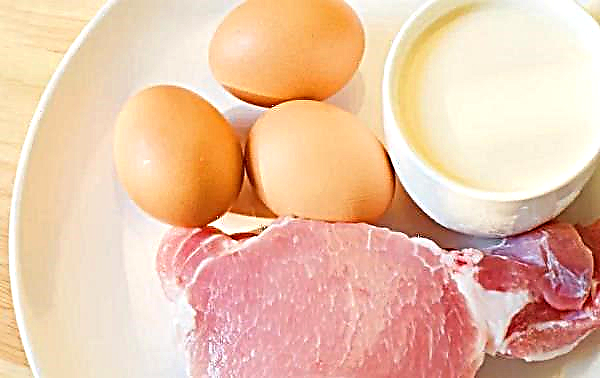Fir-trees are decoration of almost any site. They are actively used by landscape designers. The popularity of this tree is explained by decorativeness throughout the year, versatility of use, a combination with a large number of other decorative plants, unpretentiousness in care. The secrets of growing this conifer and its detailed description are contained in the article.
Description of common spruce
Spruce (Lat. Picea abies) - an evergreen tree with soft needles, belonging to the same genus, the Pine family. It has another name - European spruce. In the wild, this plant reaches a height of 30 m. Decorative specimens usually do not exceed 1.5 m in size. The crown of these conifers has the shape of a cone. Branches drooping or open. The root system is located in the surface layer of the earth. The leaves of the Christmas tree in the form of needles with four faces. They reach a length of 1–2.5 cm. Placed in a spiral. Fruits in the form of cones. Formed at the ends of the shoots. Ripening occurs in September - October. In mature form, the cones are oblong, reach a length of 15 cm and a width of 4 cm. Seeds are ovate, pointed, with red-brown wings. Until January, they remain inside the cones. From the middle of winter to the beginning of spring, their rash occurs. Fruiting in spruce begins in 20-60 years.
Placed in a spiral. Fruits in the form of cones. Formed at the ends of the shoots. Ripening occurs in September - October. In mature form, the cones are oblong, reach a length of 15 cm and a width of 4 cm. Seeds are ovate, pointed, with red-brown wings. Until January, they remain inside the cones. From the middle of winter to the beginning of spring, their rash occurs. Fruiting in spruce begins in 20-60 years.
Did you know? In Sweden, in the park Fulufjellet, European spruce grows 9550 years old. She was named Old Tjikko.
Fruits appear not every year, but with a frequency of 4–5 years. Norway spruce is a long-lived tree. It is capable of reaching the age of 250-300 years. This coniferous culture is widely used for the manufacture of paper, leather, medicines, furniture, musical instruments, pillars, sleepers. It is popular in landscaping and gardening. The conifer can often be found in landscaping of settlements, parks, alleys. Many peoples use it as the main symbol of the New Year holidays.
Species and varieties
In some sources, Siberian (Picea abies subsp. Obovata), Picea abies var. acuminata, Picea abies var. alpestris. Breeders based on the described tree derived many varieties. The most valuable for gardening and landscape design are plants that have a bush, spherical, weeping crown, as well as dwarf specimens. The most popular are Echiniformis, Kompakta, Nidiformis.
Echiniformis
This small tree grows only 20 cm from the ground. The crown spreads 40 cm wide. It has a pillow shape with irregular sides. The branches of this tree are bare, thick, painted in a light brown color. Needles can have various shades - from yellowish-green to green with a gray tint. The needles are flat, have a short pointed end. This form is used for single and group plantings in rocky gardens. It is grown in containers, indoors.
Needles can have various shades - from yellowish-green to green with a gray tint. The needles are flat, have a short pointed end. This form is used for single and group plantings in rocky gardens. It is grown in containers, indoors.
Compact
The plant has a maximum growth of 2 m. It has the same crown width. The branches of Compacta are short, raised, brown. The needles grow to 0.9 cm. They are shiny, saturated green. Representatives of this variety are growing slowly. Annual growth is only 5 cm. The compact is recommended to be grown in rocky gardens, rock gardens, as a tapeworm and in small groups. Often it is planted in the lower tier of coniferous plantings.
Representatives of this variety are growing slowly. Annual growth is only 5 cm. The compact is recommended to be grown in rocky gardens, rock gardens, as a tapeworm and in small groups. Often it is planted in the lower tier of coniferous plantings.
Nidiformis
This tree usually does not exceed 1 m in height. Crohn has a nest-like shape. Shoots grow in the form of a fan. The needles are painted in light green shades. Needles are flat, have a length of up to 1 cm.
Did you know? Norway spruce is great for making musical instruments. It is from this tree that the upper decks of the famous violins of Antonio Stradivari are made.
Nidiformis is actively planted to obtain low borders, in small groups, in stalls, rock gardens.
Planting, care and reproduction
One of the factors affecting the success of growing coniferous forest beauty is the correct choice of a place for planting, taking into account all the characteristics of the tree. The first thing you need to pay attention to is the nature of the growth of the root system. It does not grow deep, but wide. Therefore, for spruce, it is necessary to choose a large plot. From other plants and buildings, it should be at a distance of at least 2.5 m.
This prickly crop does not tolerate planting in too acidic and dry soils. Therefore, it is important to improve the soil before planting, if it has such characteristics. In particular, acidity can be reduced by adding lime, dolomite flour.
Important! Ordinary spruce should be planted at a time when a warm temperature is established and the threat of return frosts passes. If it is still cold in May, then the landing should be postponed until the beginning of summer.
Before planting, it is necessary to inquire about the level of groundwater occurrence. They should not come too close to the surface of the earth, otherwise it threatens to rot the roots. The best soils for growing ordinary spruce are light sandy loamy, loamy, fertile. The recommended planting period is the beginning of May.
When planting a coniferous seedling, the following steps must be taken:
- Dig a landing hole 50-60 cm deep.
- Lay a 15-cm layer of broken brick drainage on its bottom.
- Prepare a mixture of the following components: sand (1 part), peat (1), leafy earth (2), turf (2), nitroammophoska.
- Pour it into the drainage, filling 2/3 of the pit.
- Set the seedling in the center and evenly distribute the roots. Check that the root collar is above ground level.
- Fill the hole with soil mixture to the top.
- Hydrate.
- Lay a layer of peat mulch.
 In the first time after planting spruce, daily irrigation using 5-12 liters of water will be required, depending on weather conditions. Subsequently, as they take root, their frequency is reduced to one irrigation in 1–1.5 weeks. Mature plants do not need hydration. Each irrigation and precipitation must be combined with loosening the soil in the near-stem zone.
In the first time after planting spruce, daily irrigation using 5-12 liters of water will be required, depending on weather conditions. Subsequently, as they take root, their frequency is reduced to one irrigation in 1–1.5 weeks. Mature plants do not need hydration. Each irrigation and precipitation must be combined with loosening the soil in the near-stem zone.
This procedure prevents the formation of a hard crust on the surface of the earth and improves the moisture and air conductivity of the soil. Another necessary measure for caring for conifers is mulching. It allows you to restrain growth in the near-stem circle of weeds, to maintain the necessary level of moisture in the ground, to reduce the amount of moisture and loosening.
When growing conifers, do not forget about fertilizing. Only mineral fertilizers with a minimum nitrogen content are suitable for spruce. Two fertilizers a year are enough for this culture - in the spring (in May) and in the summer or in the fall (in August - September). In the spring, you can use "Uniflor-bud", "Uniflor-cactus" (2-3 ml / 1-5 l of water). Closer to autumn, “Uniflor-micro” (0.5 ml / 1 plant) is added under the spruce. Before the winter period, young plants must be covered with non-woven material. Such a shelter will protect them from frost and the first sunlight, which can burn needles. The root system should be insulated by mulching the near-trunk zone with a 7-centimeter layer of peat. Trees that have reached 5-6 years of age do not need shelter.
Before the winter period, young plants must be covered with non-woven material. Such a shelter will protect them from frost and the first sunlight, which can burn needles. The root system should be insulated by mulching the near-trunk zone with a 7-centimeter layer of peat. Trees that have reached 5-6 years of age do not need shelter.
Spruce can be propagated in two ways:
- cuttings;
- seeds.
The easiest way is grafting. Cuttings must be harvested in the spring, before the buds open. For planting material, 1-2-year-old side shoots, covered with wood, with one sleeping bud, 6–10 cm long, are selected. They are dipped in a rooting plant and planted in a soil substrate so that they take root, spray and cover with a film. After rooting, transplanted to a permanent place. Seeds before planting should be stratified in the cold for 1–1.5 months. After this procedure, they are germinated and planted in a substrate. Seedlings are cared for throughout the year. In open ground they are moved to the second year.
After rooting, transplanted to a permanent place. Seeds before planting should be stratified in the cold for 1–1.5 months. After this procedure, they are germinated and planted in a substrate. Seedlings are cared for throughout the year. In open ground they are moved to the second year.
How to form a spruce
In order for the tree to look well-groomed, and its crown to have a beautiful shape, it needs to be pruned regularly. Pruning should be carried out in order to form a plant and prevent the development of diseases. A sanitary haircut is performed annually in spring and autumn. During it, all old, damaged, diseased, dry, frostbitten, incorrectly growing branches are removed. Formative pruning is carried out in young trees that have not yet reached 5 years of age.
Important! To avoid the development of diseases, pruning a tree is necessary only with a disinfected garden tool. The resulting wounds should be treated with copper sulfate, glossed over with garden var or RanNet.
It is planned for early spring, before the beginning of bud swelling, or at the end of June, when the growth of shoots stops. One of the easiest ways to cut is to shorten annual growth on all branches by one-third or two-thirds. During one procedure, 1/3 of the green mass is cut out. Common spruce, as a rule, tolerates pruning well and is quickly restored after it.
Medicinal use
The organs of ordinary spruce have a number of useful properties:
- microbes are killed;
- relieve spasms;
- strengthen the body's defenses;
- regulate metabolism;
- improve blood formation;
- remove urine, bile;
- eliminate pain.
Due to the described properties, the fruits, buds, needles and branches of spruce are used to treat diseases of the urinary tract, respiratory organs, rheumatism, acne, lichen, gout, vitamin deficiency, boils, purulent wounds.
Video: spruce healing properties
Annual spruce growth
The described culture grows slowly up to 10-15 years of age - 5 cm in height and 2 cm in width. The next 5 years, its growth rate is moderate - 8 cm in height, 3 cm in width. Upon reaching the age of 20, growth accelerates and reaches 16 cm up, 6 cm in width. The final height of spruce reaches 40-50 years.
Landscape design application
European spruce is used in many landscape design compositions. It looks good as a dominant and group plant. She is planted in alleys, protective wings. She is assigned the role of shelter from prying eyes of places for rest. Tall forms are planted in parks. Dwarf specimens are used in small gardens, rocky hills, flower beds, on lawns.
Important! Neighborhood with spruce trees is poorly tolerated by herbaceous plants due to the creation of a dull shadow. Astilbe, ferns, lilies of the valley can put up with growth in the same composition with conifers.
Of them make hedges, ground areas. The described species combines well with many other varieties. Dark needles allow emphasizing the beauty of varieties with silvery, blue, golden needles, deciduous trees with light foliage. Thus, ordinary spruce, which is also called European, is a popular plant that is often planted in the conditions of a city, a summer residence, a garden, and a personal plot. Growing this tree is easy. It is not capricious and requires minimal care.
Thus, ordinary spruce, which is also called European, is a popular plant that is often planted in the conditions of a city, a summer residence, a garden, and a personal plot. Growing this tree is easy. It is not capricious and requires minimal care.


